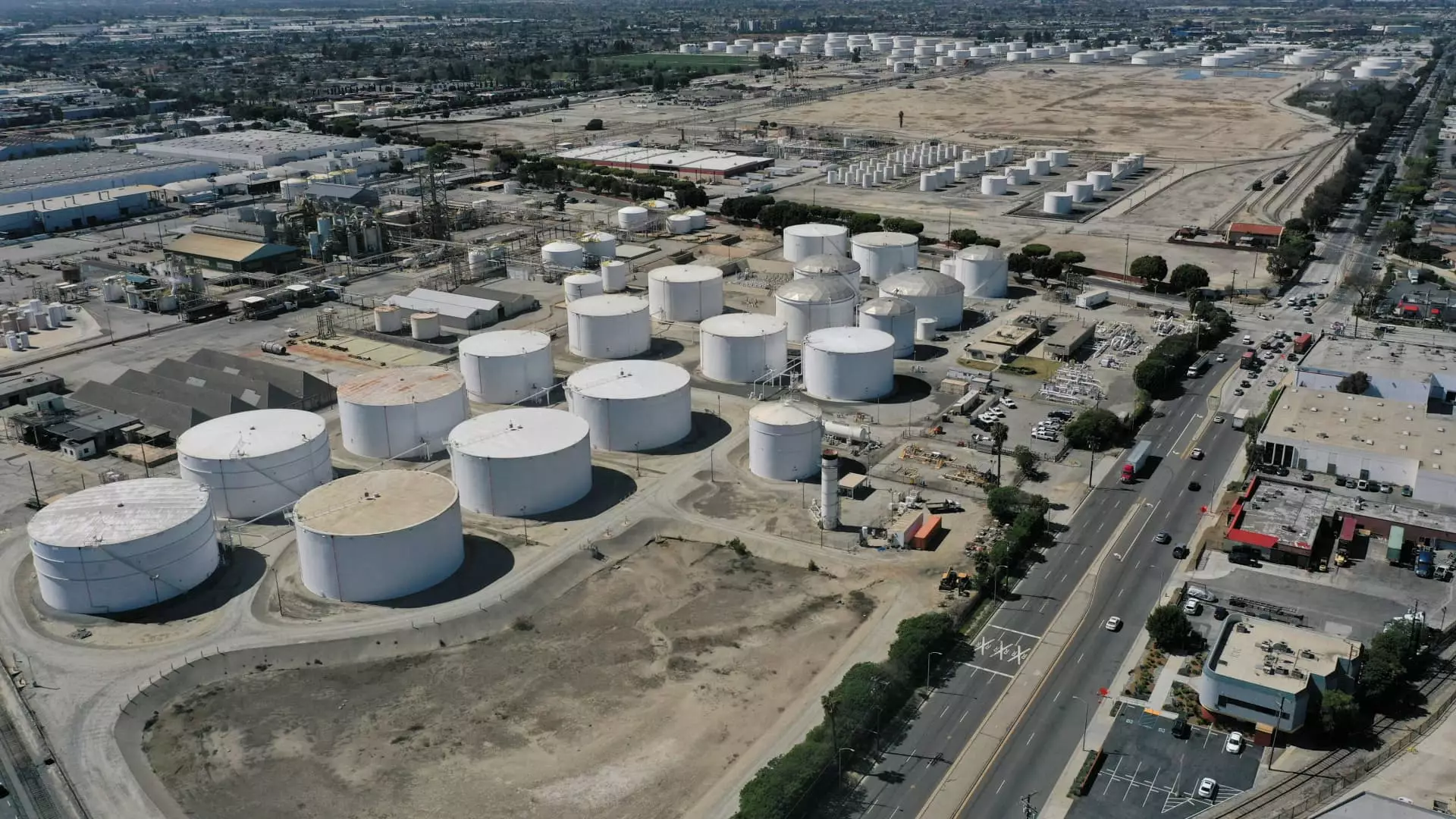The landscape of energy demand is undergoing rapid changes, particularly with the increasing reliance on data centers and liquified natural gas (LNG). As identified by analysts at Bank of America in their recent report, companies involved in the transportation and storage of natural gas are poised to benefit significantly from this trend. By focusing on midstream sectors linked to natural gas, investors could uncover opportunities with both potential capital appreciation and strong dividends.
According to Bank of America analyst Jean Ann Salisbury, the midstream natural gas liquids sector is emerging as a “relatively defensive” investment option. The near-term oversupply of natural gas may cloud the view of the sector’s longer-term growth trajectories, particularly as the anticipated demand for LNG and data centers ramps up around 2025. This dual trend of technological advancement alongside infrastructural demands positions midstream companies to capitalize on changing market dynamics, offering a telling glimpse into the future of energy investment strategies.
Despite current oversupply challenges, Salisbury expects catalysts in the medium term that could enhance the free cash flow generation of these companies. This optimism indicates a larger systemic shift rather than isolated incidents. Investors should pay close attention to emerging data centers that require significant energy supply and the increasing interest in LNG, as they will significantly influence the operational strategies of midstream natural gas companies.
Among the names highlighted by Bank of America is Enterprise Products Partners LP. With a target price set at $35, indicating a substantial upside potential from its recent trading levels, this company’s position within the Permian Basin’s natural gas liquids sector appears strong. The anticipated slowdown in capital expenditure towards the end of their current development cycle could unlock significant cash flow, projected at over $3.3 per share. Furthermore, Enterprise’s ongoing debt reduction strategies enhance its attractiveness in the eyes of investors, demonstrating solid fundamentals bolstered by a sound operational strategy.
Enterprise Products enjoys broad Wall Street support, with an impressive 17 out of 19 analysts recommending the stock as a buy or strong buy. As a limited partnership, it also benefits from favorable tax treatment that allows for heightened dividend yields—currently at approximately 7.3%. This unique structure, while advantageous, does create complexities for investors during tax season due to the issuance of Schedule K-1 forms.
Another significant player, Energy Transfer LP, boasts a favorable rating and a near-term price target of $20, suggesting a potential 22% upside. The stock has already experienced an 18% rise this calendar year and offers a competitive 7.8% dividend yield. Whether due to a resilient operational model or strategic asset positioning, Energy Transfer appears well-poised for growth. Its endeavors in developing a liquified natural gas export facility in Lake Charles, Louisiana, add a further layer of potential value that could materialize as demand increases.
Bank of America also took note of Kinder Morgan, suggesting it stands to gain considerably from an expected resurgence in U.S. gas demand by 2025. With an impressive year-to-date performance of nearly 40% and a projected price target of $27, Kinder Morgan is set to benefit from the increasing necessity for established gas pipelines, particularly through brownfield projects situated in regions with existing infrastructure. Such companies often enjoy lower capital costs and faster throughput times compared to their greenfield counterparts, presenting a compelling investment case.
As the energy paradigm evolves in the face of growing demand for natural gas, the prospects for midstream companies are intricate yet favorable. Analysts point to a confluence of events—an upsurge in natural gas demand, infrastructural advancements, and efficient operational models—as primary drivers of growth moving forward.
Investors exploring opportunities in natural gas infrastructure should approach with a discerning eye. While the potential for attractive returns exists, the underlying dynamics of supply and demand will dictate the landscape for years to come. Institutional analysis, such as that presented by Bank of America, serves as a valuable resource for discerning viable investments in a rapidly changing sector, as companies adapt to meet both current and future market needs. While challenges may arise, the midstream natural gas sector’s potential merits close monitoring for both capital growth and dividend yield in an uncertain energy future.

